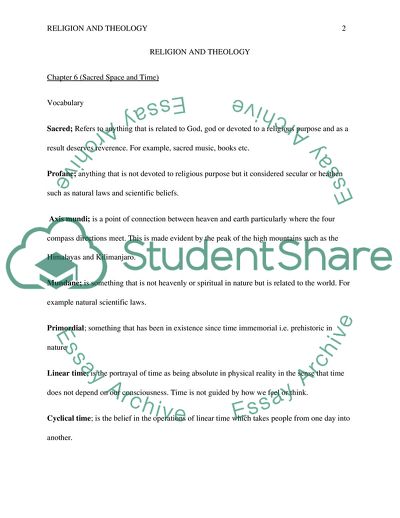Cite this document
(Sacred Space and Time Assignment Example | Topics and Well Written Essays - 3250 words, n.d.)
Sacred Space and Time Assignment Example | Topics and Well Written Essays - 3250 words. https://studentshare.org/religion-and-theology/1826507-qa
Sacred Space and Time Assignment Example | Topics and Well Written Essays - 3250 words. https://studentshare.org/religion-and-theology/1826507-qa
(Sacred Space and Time Assignment Example | Topics and Well Written Essays - 3250 Words)
Sacred Space and Time Assignment Example | Topics and Well Written Essays - 3250 Words. https://studentshare.org/religion-and-theology/1826507-qa.
Sacred Space and Time Assignment Example | Topics and Well Written Essays - 3250 Words. https://studentshare.org/religion-and-theology/1826507-qa.
“Sacred Space and Time Assignment Example | Topics and Well Written Essays - 3250 Words”. https://studentshare.org/religion-and-theology/1826507-qa.


